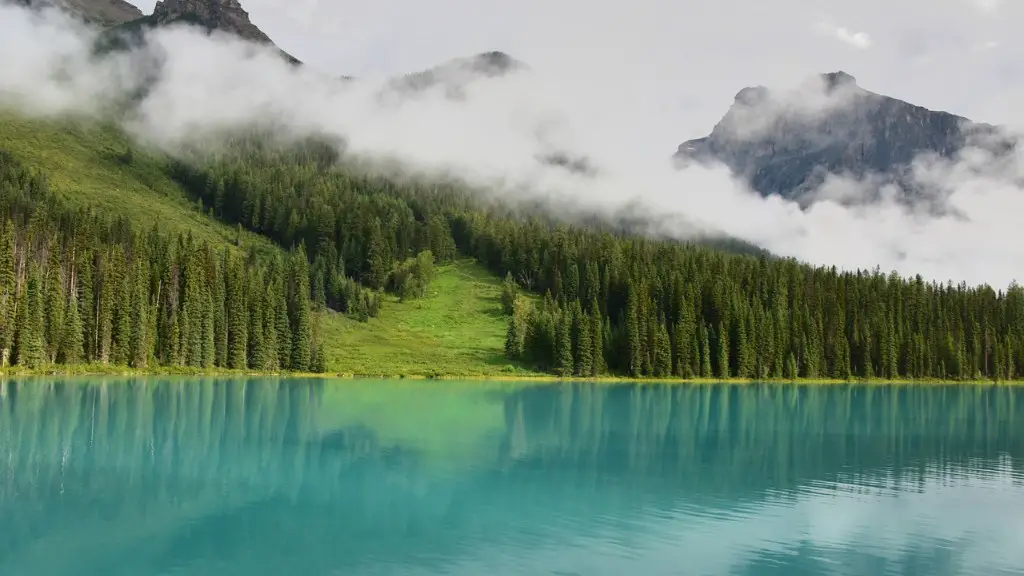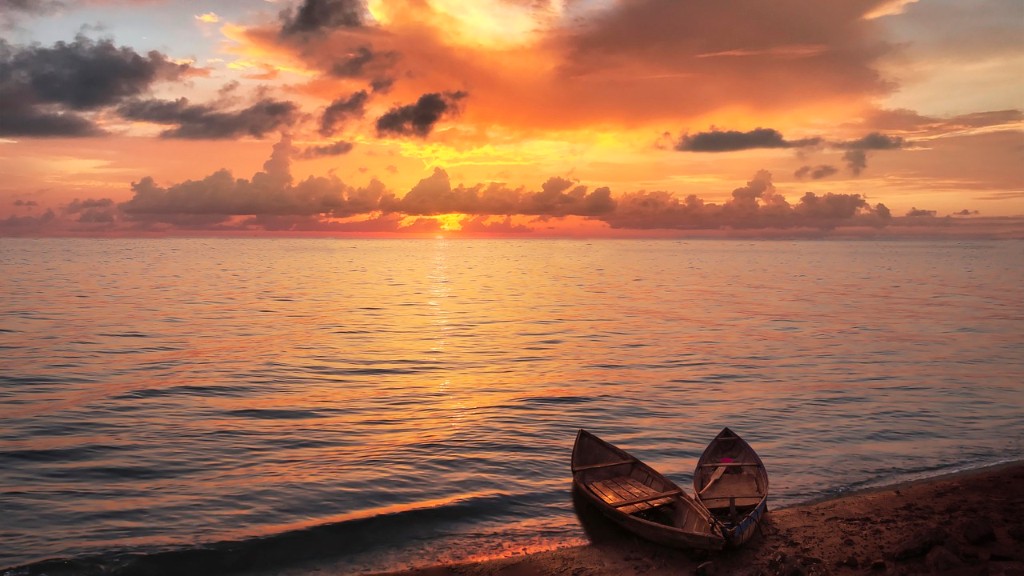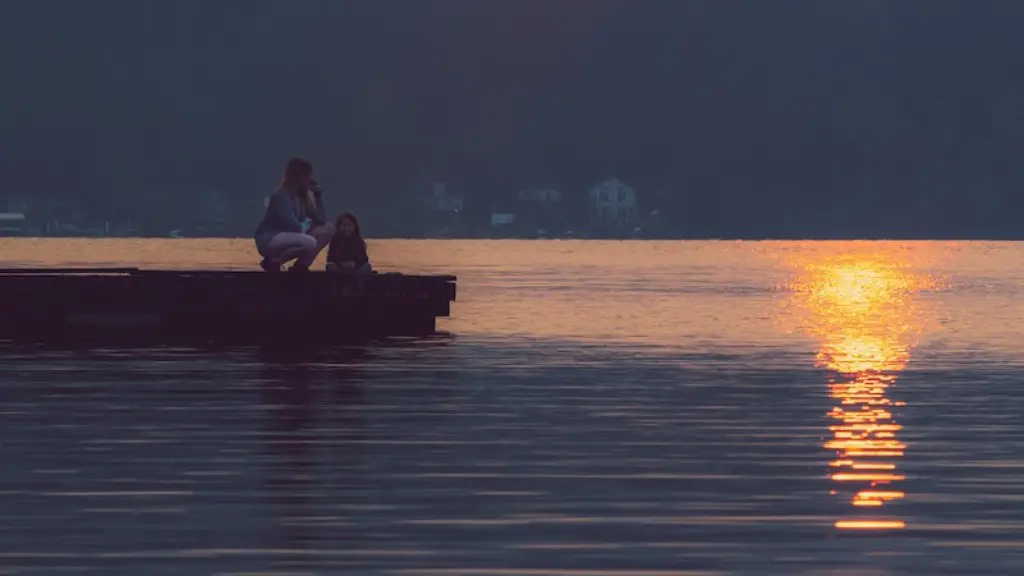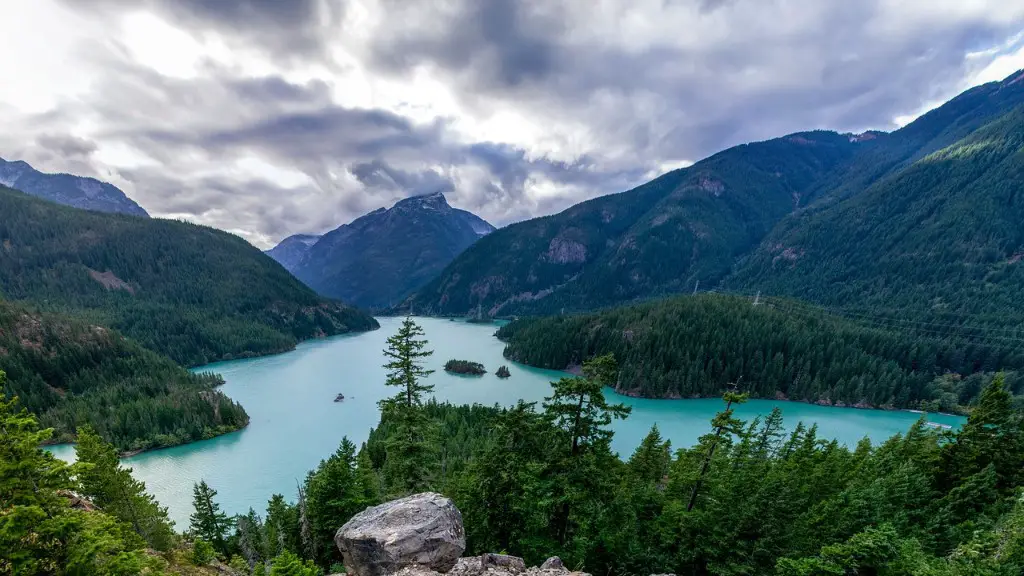Lake Superior’s Formation
Located in the heart of North America, Lake Superior is said to be the world’s largest body of fresh surface water by surface area. Formed by geological processes and millions of years of history, Lake Superior is one of the five great lakes along the Canada-United States border. Originally, all of North America was covered with thick glacial ice caps that receded far past what is now the southern edge of the lake. As the ice caps melted, the depression that was left behind filled up with water, forming the lake we see today.
In addition to being the world’s largest freshwater lake by surface area, Lake Superior is also the cleanest and clearest of the Great Lakes. Popularly visited by tourists and locals alike, the lake’s depths reach up to a staggering 400 meters!
Does Lake Superior Have A Tide
The short answer is no. Unlike the oceans, where water level tides are caused by the gravitational pull of the Moon and Sun, the Great Lakes are not connected to the ocean and therefore are not affected by tides.
So why don’t the Great Lakes have tides? To answer this, we need to look into the definitions of tides and oceanography. Tides are described as the regular rising and falling of the sea level caused by gravitational forces between the Earth and Moon. The oceanography definition states that tides occur in large bodies of water influenced by gravitational forces, such as seas, oceans, estuaries and bays, which are all connected to the ocean.
Since the Great Lakes are not connected to the ocean, they do not experience tides in the way the ocean does. Additionally, the primary factor responsible for tides, the gravitational pull of the Moon and Sun, doesn’t have a very big effect on the Great Lakes due to their significantly smaller size.
Internal Waves in Lake Superior
Despite the lack of tides, Lake Superior does experience ‘internal waves’. Although not much is known about them due to their complexity and difficulty to measure, these underwater waves are believed to be caused by changes in temperature, salinity and water current within the lake. Unlike tides, these internal waves are more common in shallow waters and have little impact on the overall water surface level.
Lake Superior is also home to a few strong wind patterns that have been known to cause stirring – the so called ‘Seiche’ waves. Seiche waves occur due to large pressure differentials across the lake that can cause the lake level to rise and fall. Generally, these waves are short in duration but can be of great intensity and higher magnitude.
Wave Cycles in Lake Superior
The lack of distinction between high and low tide in Lake Superior may be concerning to some, as tides are often used to indicate shoreline changes on the ocean. However, there are subtle wave cycles found in Lake Superior. These wave cycles can be observed when strong winds enter the lake, causing a “seiche” wave motion which moves across the lake. They appear as a ripple-like waves which comes in sequences. They will peak at certain points, and move to the other direction in the next few minutes.
In addition, Lake Superior is a popular destination for many water sports people such as kayakers and windsurfers. These people may be affected by the wave cycles, although they are mostly unaffected. Since the wave cycles in Lake Superior are far less noticeable than ocean tides, they are not taken into account while planning activities. Despite this, they can still be a potential danger if conditions are right.
Research on Tides in Lake Superior
A recent study done by researchers at the University of Wisconsin-Madison investigating lake tides has made an unexpected discovery. The researchers had predicted that Lake Superior would have tides like an ocean, with the same regularity, much like other lakes and ponds. However, the study found that fluctuations in the lake’s water level were irregular and inconsistent rather than predictable as predicted. The reason for this inconsistency is still unknown, but due to the importance of the lake, there is ongoing research, with more studies to come.
Impact of Tides in Lake Superior
Tides in Lake Superior may not be as intense, but they definitely have an impact on the lake’s ecosystem. As fishermen and tourists often swarm the popular lake fishing spots, the potential for damage increases significantly. This is because tides help to transport nutrients and oxygen to the lake’s depths, distributing them throughout the lake and helping the creatures that live beneath the surface of the lake to survive. If the tides were absent or inconsistent, the delicate balance of the lake’s ecosystem may be at risk.
Other than ecology, the presence of tidal waves also raises concerns in regards to the safety of the vessels. Tides have the potential to churn up large waves which can threaten the navigation of ships and boats, especially when the weather is stormy. Thus, if the waves in Lake Superior ever become more intense, extreme caution should be taken for those navigating it.
Lake Superior Water Level Fluctuations
The water levels in Lake Superior have been fluctuating with intervals of several months in recent years. These fluctuations are due to several complicated factors, including evaporation, precipitation, runoff from river basins, and changes in weather patterns. This can lead to changes in current and wave patterns across the lake, potentially leading to changes in the water racing, sport and recreational activities.
Although there are no direct tides in Lake Superior, the lake still faces alterations in its water level. If the lake levels rise or fall too drastically, the effects can cause drastic changes to its natural ecosystem and the habitats of the numerous species that inhabit it. This could lead to a shortage of fish and wildlife populations, leading to a decrease in populations of rare birds and trout. Additionally, coastal erosion and flooding can occur as the lake’s water levels change. To this end, it is important that any changes in the lake’s water levels are monitored closely.
Pollution in Lake Superior
Not only is Lake Superior naturally beautiful and healthy, it is also largely unpolluted. Some of the causes of pollution in the lake have been from oil spills, manufacturing and mining operations, agricultural runoff as well as sewage treatment. Due to the relative absence of major cities and factories along the lake, pollution levels remain relatively low compared to other great lakes.
Due to its clarity, Lake Superior has become home to many species of animals and fish. In recent years, the population of fish in the lake has increased considerably due to increased state and federal protection efforts, resulting in healthier and safer ecosystems. Since Lake Superior is one of world’s cleanest and clearest lakes, taking the utmost care to prevent any potential pollution is key to preserving its delicate and unique ecosystem.
Lake Superior’s Unique Weather Patterns
Unlike most of the other Great Lakes, Lake Superior has very different weather patterns. Despite being located in a colder northern region, the lake’s surrounding air is actually warmer than the air around the other lakes. This is due to a phenomenon called the Lake Superior Effect, where warm air from the surface of the lake is trapped above it and creates a temperature inversion. As such, Lake Superior usually does not freeze over as easily as its sister Great Lakes.
The lake’s weather is also unique in its unpredictability. Lake Superior is known for its wicked storms, with intense winds, thunder, and lightning. These storms can quickly whip up and change even the calmest of waters into raging whitewater rapids that can be dangerous even to smaller boats, making it a popular spot for extreme kayaking.



